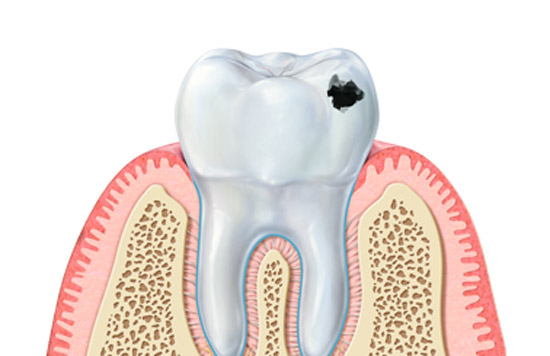
What causes gum disease?
Healthy gums are pink, are not inflamed and do not bleed either by brushing or by contact.
Periodontal diseases are classified as gingivitis or periodontitis. Gingivitis is almost universal, because it may affect 85% of the population, while periodontitis may affect almost 50% of adults over the age of 35.
Gingivitis is a disease characterised by reversible inflammation without any destruction of the tissues supporting the teeth (periodontium).
The main signs of gingivitis are gingival redness, swelling and bleeding. If gingivitis is not stopped it can progress to periodontitis.
Meanwhile, periodontitis is an irreversible condition in which inflammation occurs and periodontal destruction exists. This causes teeth to lose their grip and to potentially fall out.
The main signs of periodontitis are, in addition to the above, tooth spacing and mobility and gingival recession. It is the leading cause of tooth loss in older adults and among the elderly population.
Gum disease originates from the biofilm that accumulates in the interdental area and in the gingival sulcus due to a lack of interproximal hygiene. This biofilm develops and is capable of internalising into the gum, resulting in a local inflammatory response (gingivitis). Over time, and if not removed, the biofilm matures, and new, more periodontopathogenic bacterial species that are capable of destroying the supporting tissues (periodontitis) may potentially overgrow.







